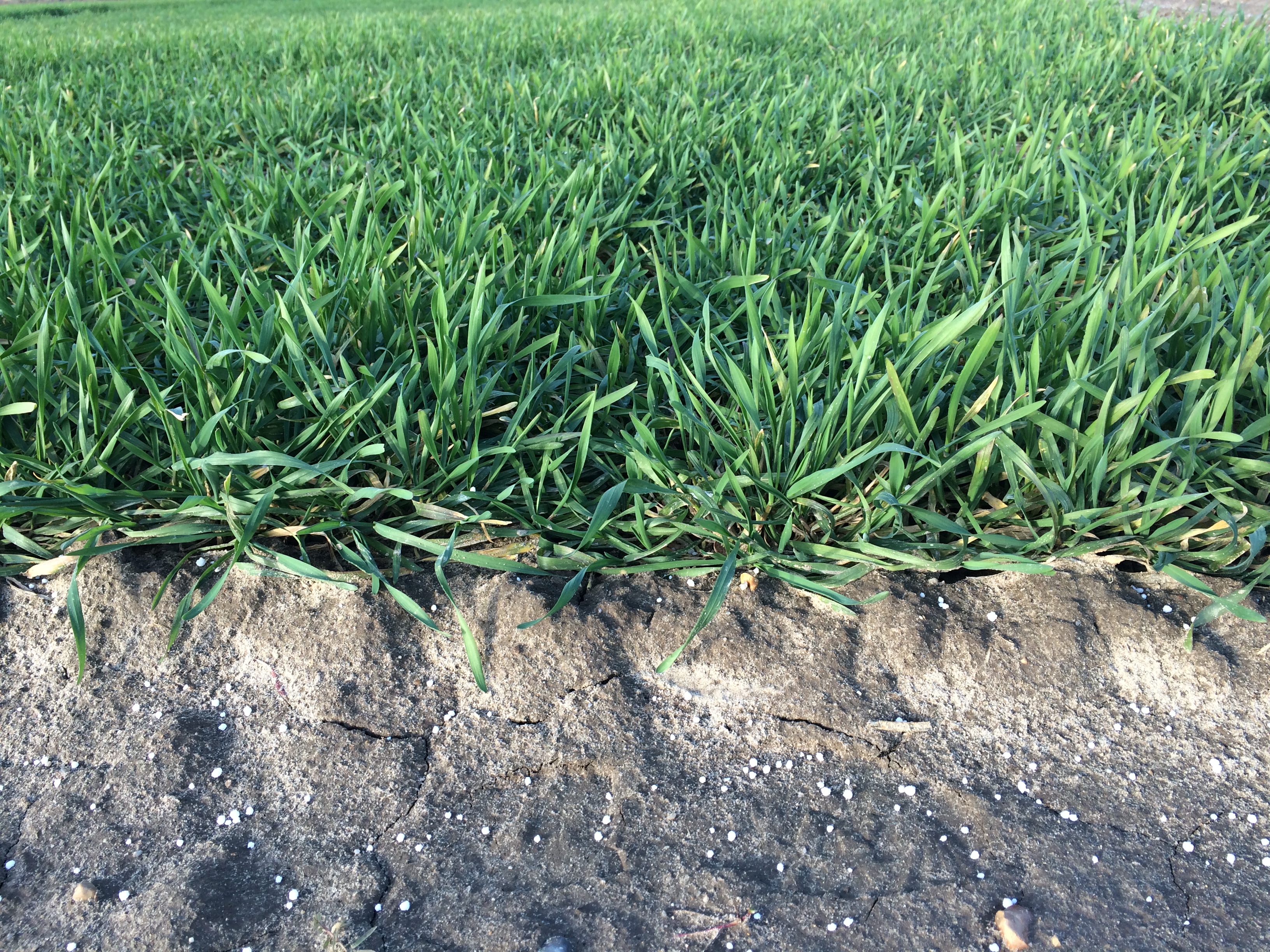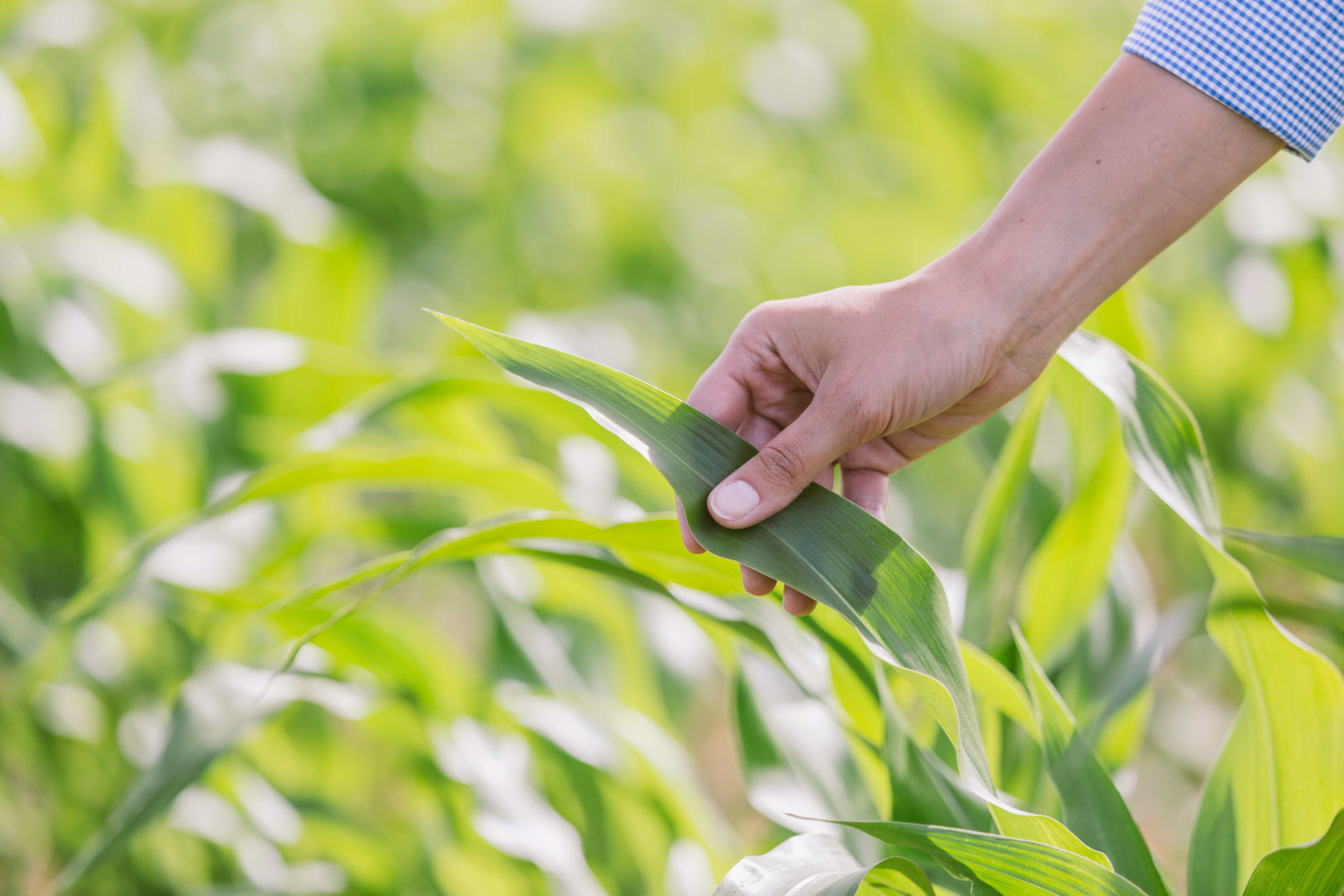Fertilisation for rye
1. Nutrient removal by rye plants
Compared to other cereals, rye has the lowest demands on the sorption conditions and the lime and nutrient supply of the soil. The reason for this lies in its powerful root system, thanks to which rye can make good use of winter moisture and survive long dry periods. To fully exploit the yield potential, however, the nutrient supply must be ensured by targeted fertilisation measures. Nutrient removal by rye plants should serve as the basis for fertilisation.
Nutrient contents, rye
| Main crop | Harvested product | Nutrient content kg dt/FM | |||
| N | P2O5 | K2O | MgO | ||
| Rye | Grain (86% DM) | 1.51 | 0.8 | 0.6 | 0.1 |
| Straw (86% DM) | 0.5 | 0.3 | 2.0 | 0.2 | |
| Grain + straw (86% DM) | 1.96 | 1.07 | 2.5 | 0.28 | |
2. N-fertilisation
Nitrogen (N) promotes growth and has a direct effect on the development of quality features (TGW, grain count/ear). If certain yield components are to be promoted, N must be applied at the beginning of plant development. Good nutrient supply during the reduction phase sustains the generated plants. It is necessary to keep in mind that rye responds to an excessive N supply by lodging. This can also lead to outgrowth and delayed drying of the crops for harvest.
Depending on the anticipated yield and nitrogen mineralisation on site, the N requirement of rye is from 130 to 170 kg N/ha incl. Nmin. The nitrogen fertiliser addition rate is limited within the framework of the Fertilisation Ordinance. For a planned yield of 70 dt/ha, 170 kg N/ha incl. Nmin may be applied. Please note in this process the additions and subtractions in the Fertilisation Ordinance, for example for many years of organic fertilisation.
3. N-application
Initial fertilisation (first N-application)
One must not wait too late with the first fertiliser application in rye because of the early onset of growth. The first N application at tillering (BBCH 21-25) has a direct effect on the plant density and the development of the yield components. Via the fertilisation level it is possible to regulate the maintenance and additional formation of side shoots and thus make the crop ready for the season.
An excessively high initial N application can negatively affect the standability. It is very important to estimate the Nmin content in the soil, considering the crop stand as well, to avoid N excess.
Only in weakly developed crop stands (less than 2 strong shoots per plant) should more than 30% of the total nitrogen quantity fall into this period.
N application at the beginning of bolting (second N-application)
The second N application is made at the time of beginning of bolting (BBCH 29-32). It has a direct effect on the number of ear-bearing stalks and the number of grains per ear. Nitrogen and water deficiency in this period of development lead to a marked reduction in the number of shoots generated and ear development points. Thus it is important to guarantee a constant nitrogen supply to promote development and guarantee obtainment of the yield components. Therefore nitrogen must be available at the beginning of organ formation and during the reduction phases!
The table shows which yield-producing processes can be influenced by fertilisation at the bolting stage and what effect can be achieved thereby.
In the dense crop stands (BBCH 30), the bolting application should not take place until BBCH 32. Until that time, the initially formed side shoots must be reduced. In crop stands that are not too dense (BBCH 30), subsequent fertilisation must take place at the beginning of bolting to maintain adequate shoots.
- The quantity of nitrogen in the bolting phase should not exceed 50% of the total amount.
- At light locations with marked spring drought, the bolting application can be combined with the earing application. In this case, however, the nitrate fraction should not exceed 20 kg/ha.
Earing application (third N-application)
At locations with adequate water supply, the formation of storage cells in the grain can be influenced by the last one-third of the nitrogen application (BBCH 39/49). Ammonium-containing fertilisers are preferred.
4. Supplying basic nutrients and trace elements
Phosphor plays an important role in the energy metabolism of the plant. If phosphate is deficient, growth is inhibited and flowering and ripening are delayed. pH-value availability is strongly influenced by the pH-value. The mobility is highest at pH-values between 5.5 and 7.0. Above and below this level the phosphate availability decreases. Like other cereal types, rye takes up 70% of the phosphate requirement from the beginning of March to the end of May.
Especially in areas with marked early summer drought, an adequate potassium supply must be ensured. This should preferably take place by direct application to the grain in the form of NPK (40-70 kg KO2/ha). Potassium is responsible for turgor in the cells and increases the drought tolerance.
Sulphur is an important building block for S-containing amino acids and enzymes. Since the mid-1980s, sulphur emissions into the air have decreased greatly, so virtually no sulphur compounds are available to plants from the air. For this reason, the sulphur requirement must be covered from a mineral source. In poorly developed crop stands, application of sulphur (20-30 kg) should coincide with the initial N application to support the effect of nitrogen. In dense crop stands, the sulphur must be available at the beginning of bolting.
Magnesium deficiency usually occurs at slightly diluvial sites. In fertilising, it is important to consider the ionic antagonism between NH4+ and K+ on one hand and Mg2+ ions on the other hand.
High applications of ammonium or potassium inhibit the uptake of magnesium. Nitrate fertilisers, on the other hand, promote magnesium uptake. Therefore, potassium fertilisation should always be co-ordinated with the magnesium fertilisation. The ratio between potassium and magnesium in the soil should be 2:1. The principal demand for magnesium occurs during the tillering and bolting phase. Mg deficiency has a negative effect on the number of grains per ear.
On humus-rich sandy soils (humus content more than 4%), the rye already needs an application in the fall. Cu deficiency leads to sensitive/soft tissue, which increases the susceptibility to mildew and the risk of lodging. In addition, copper deficiency can cause pollen sterility.
Manganese deficiency often occurs on overlimed sandy soils or excessively loosened soils, since Mn is oxidised to insoluble MnO2 at higher pH-values. In rye cultivation, the relationship between manganese deficiency and the occurrence of Rhynchosporium must be considered.
The boron supply is to be considered for the sake of reliable pollination. If the boron level is less than 0.2 ppm, leaf fertilisation (30-50 g/ha) in the flag leaf stage is advisable. A pH-value of 5.0 to 6.5 is optimal for rye.






